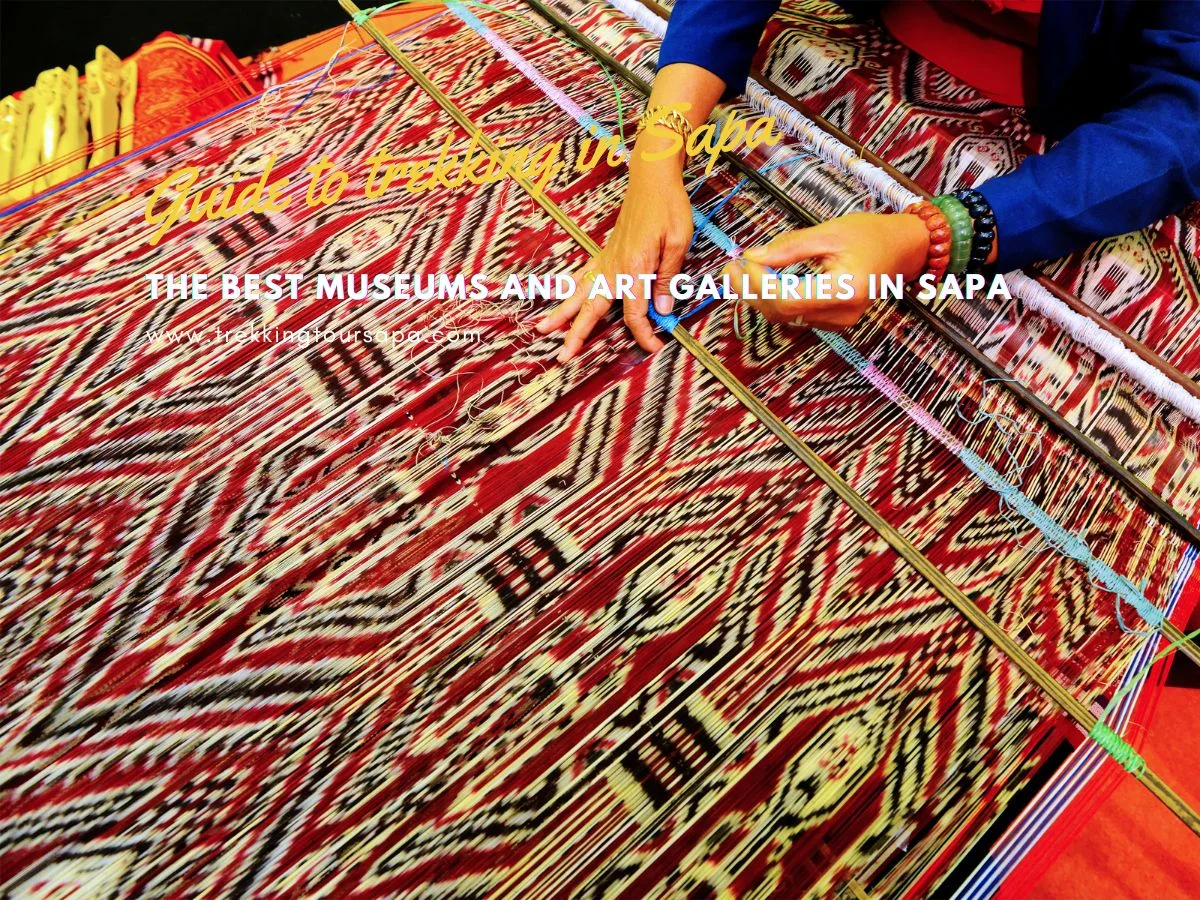If you’re seeking to satisfy your thirst for knowledge and creativity while exploring the majestic landscapes of Sapa, look no further than its top-notch museums and art galleries. These cultural gems are sure to captivate your senses and leave a lasting impression on your journey through this enchanting region.
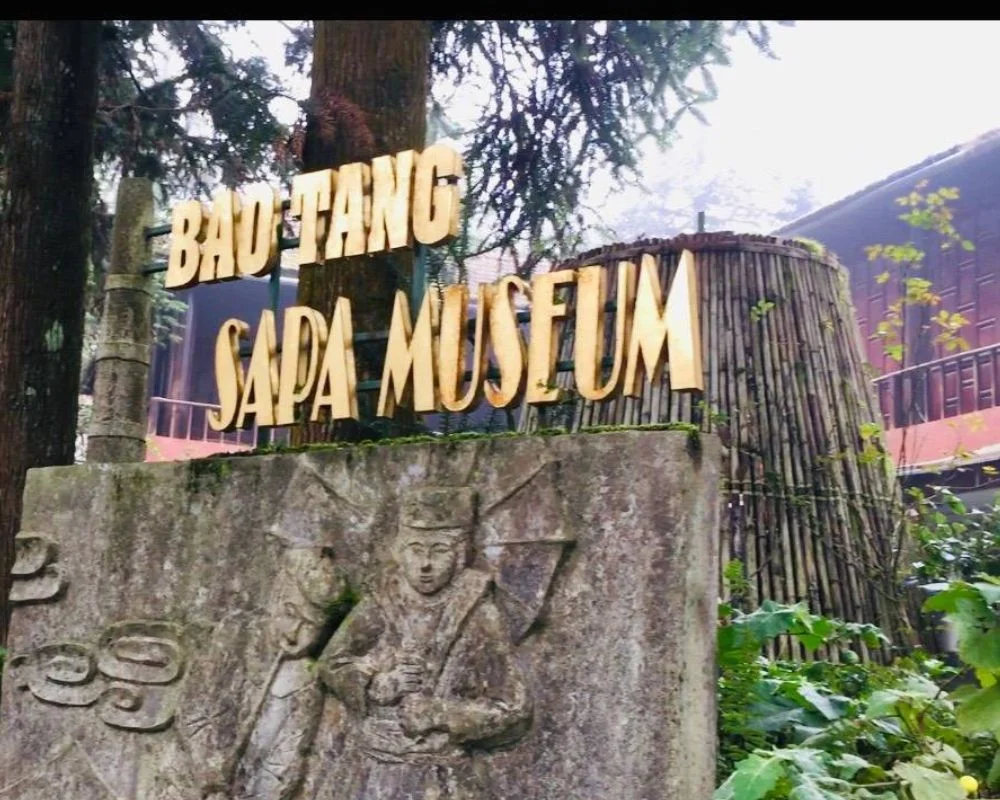
From the Sapa Museum to the Ta Phin Village, each of these establishments offers a unique perspective on the rich history, traditions, and artistic expressions of the local ethnic groups. Get ready to dive deep into the world of Hmong, Dao, Tay, and other communities that have called Sapa home for centuries. So grab your backpack and set out on an adventure that will not only expand your mind but also feed your soul with freedom-seeking inspiration.
Table of Contents
ToggleSapa Museum
The museum in Sapa offers visitors a fascinating glimpse into the rich cultural history of this mountainous region. As you enter the museum, you’ll be greeted by interactive exhibits that bring to life the stories of the local people who have lived here for generations. From traditional clothing and tools to historical artifacts like ancient coins and pottery, there’s something for everyone at this must-visit attraction.
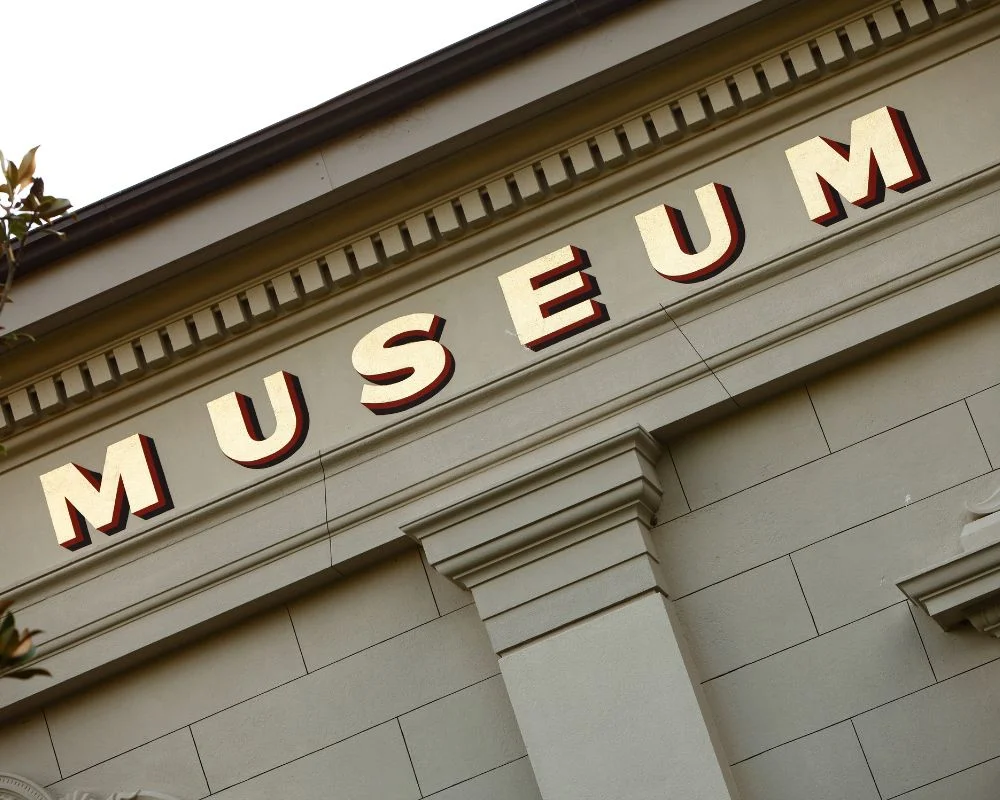
One of the highlights of the museum is its collection of photographs showcasing how Sapa has changed over time. You can compare old photos with new ones and see how modernization has impacted this once-remote area. The interactive exhibits are also great for kids who will love learning about local customs and traditions through hands-on activities. Overall, if you want to get a deeper understanding of Sapa’s culture and heritage, don’t miss out on visiting this incredible museum before heading off to explore more attractions like Sapa Culture Museum.
Sapa Culture Museum
Check out the captivating collection at Sapa’s Cultural Museum. This museum is a must-see for anyone interested in learning about the local culture and history of the region. The interactive exhibits allow visitors to dive deeper into the traditions, customs, and beliefs of the ethnic groups that call Sapa home.
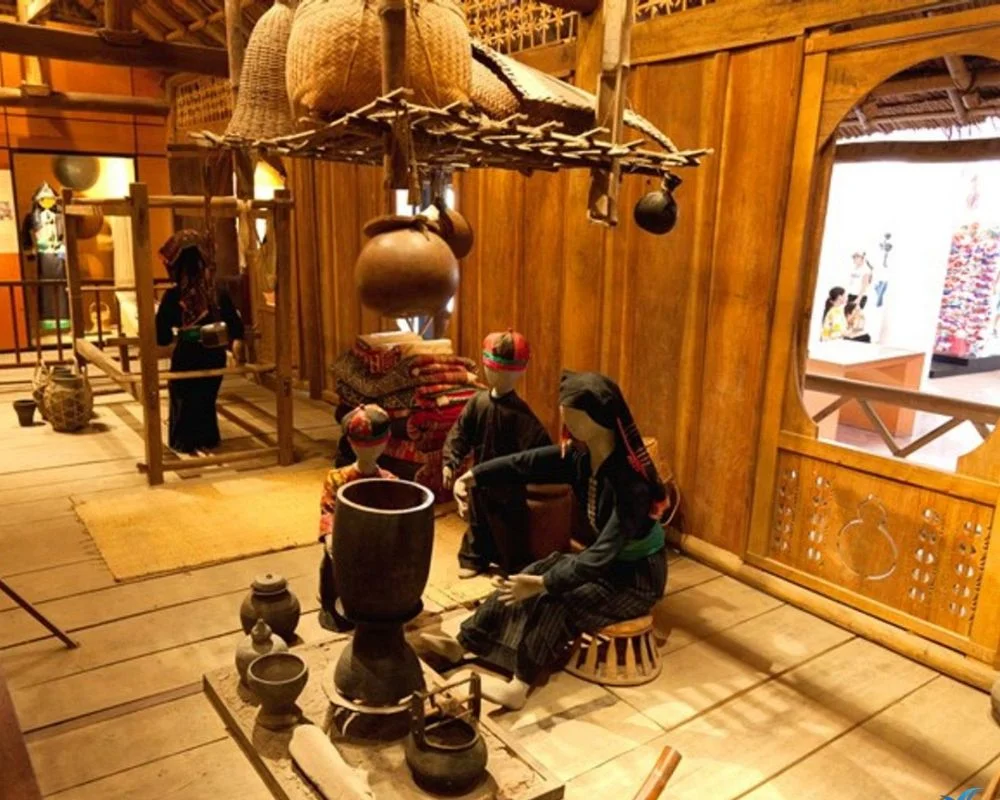
One of the highlights of this museum is its display of historical artifacts. From traditional clothing and jewelry to farming tools and musical instruments, these objects provide a glimpse into everyday life throughout different periods. The explanations accompanying each exhibit are informative and engaging, making it easy for visitors to understand their significance. You’ll leave with a greater appreciation for the artistry and ingenuity of these communities. As you move on from here, don’t forget to visit Sapa Art Gallery to see more creative works by local artists.
Sapa Art Gallery
You’ll be impressed by the stunning works of local artists on display at Sapa Art Gallery. This gallery showcases contemporary artists who have been influenced by the tribal art found in the region. The diverse range of artwork includes paintings, sculptures, and textiles that reflect the vibrant creativity found throughout Sapa.
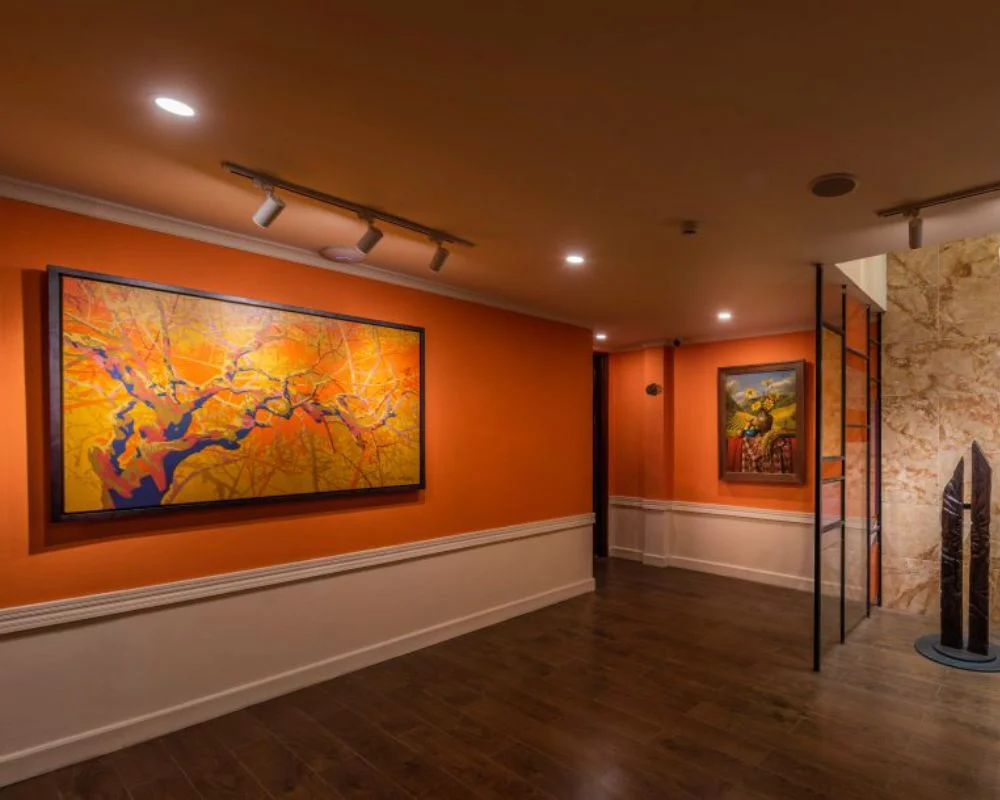
As you wander through the gallery, take your time to appreciate each piece of art. You’ll notice how some pieces incorporate traditional elements with a modern twist, while others are unique and innovative. Many of the artworks also feature bold colors and intricate patterns that pay homage to the rich cultural heritage of Sapa. Overall, Sapa Art Gallery is a must-visit destination for anyone interested in experiencing the best of local art and culture.
Speaking of culture, another fascinating attraction in Sapa is its famous stone church.
Sapa Stone Church
You’ve got to see the Sapa Stone Church, a magnificent landmark that’s been standing tall for over a century. The stone church architecture is an exquisite sight to behold, with its Gothic and Romanesque design elements blending seamlessly together. Its walls are made of solid granite stones stacked meticulously on top of each other, creating a sturdy structure that has withstood the test of time.
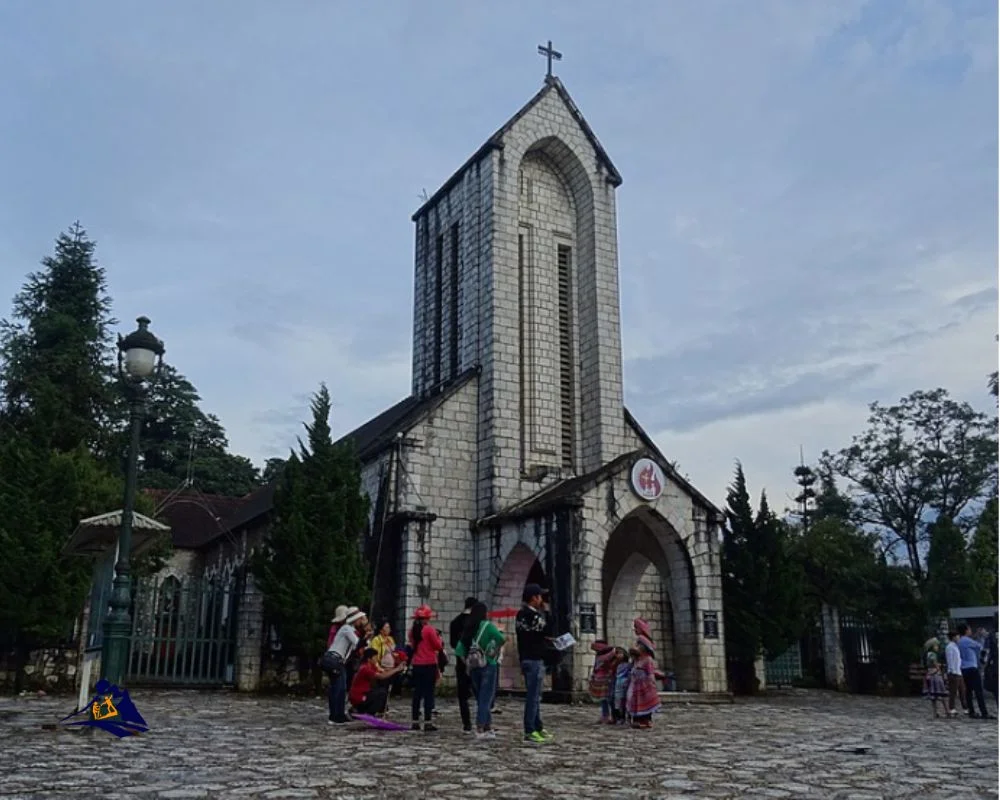
To fully appreciate the historical significance of Sapa’s stone church, here are four things you should know:
- Built by French missionaries in 1895, it served as a place of worship for colonial officials and local ethnic tribes.
- During the First Indochina War, it was used as a military barracks by both sides.
- In 1979, it was damaged by an earthquake but was later restored to its former glory.
- Today, it remains an active Catholic church where locals and tourists alike come to attend mass or simply admire its beauty.
As you exit the Sapa Stone Church grounds and make your way towards Muong Hoa Valley Museum, take a moment to appreciate how this stunning landmark adds character to the charming town of Sapa.
Muong Hoa Valley Museum
As you step inside the Muong Hoa Valley Museum, the walls are adorned with traditional H’mong clothing and artifacts, giving you a glimpse into the rich cultural heritage of this mountainous region. The museum houses a collection of cultural artifacts that reflect the tribal heritage of Sapa’s diverse ethnic groups. You’ll be able to see ancient tools and instruments used for hunting, farming, and weaving, as well as colorful costumes worn during festivals and ceremonies.
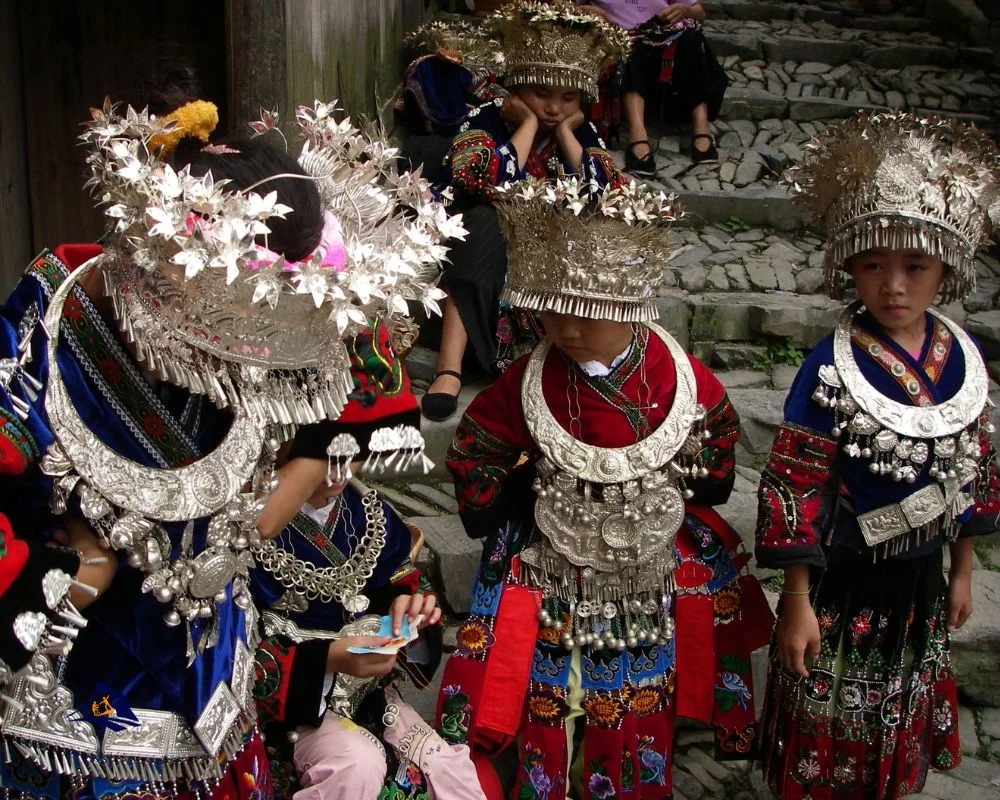
One highlight of the museum is a display of intricate embroidery created by H’mong women. The designs are inspired by nature and depict animals such as birds, butterflies, and snakes. Another exhibit showcases traditional jewelry made from silver or brass that is intricately engraved with various motifs. As you browse through the exhibits at Muong Hoa Valley Museum, you’ll come away with a deeper appreciation for Sapa’s unique culture and traditions.
Now that you’ve learned about Sapa’s tribal heritage at Muong Hoa Valley Museum, it’s time to journey to another must-visit attraction in the area – Fansipan Legend Cable Car Station. From there, you can take a breathtaking ride up to Mount Fansipan – known as “the Roof of Indochina” – where panoramic views await.
Fansipan Legend Cable Car Station
The Fansipan Legend Cable Car Station offers a thrilling ride up to the peak of Mount Fansipan, where you’ll feel as though you’re soaring above the clouds with nothing but breathtaking views below. The cable car views are stunning, and they offer a unique perspective on the natural beauty of Sapa. Whether you’re an adventurous traveler seeking an adrenaline rush or simply looking for a relaxing way to take in the scenery, this cable car ride is not to be missed.
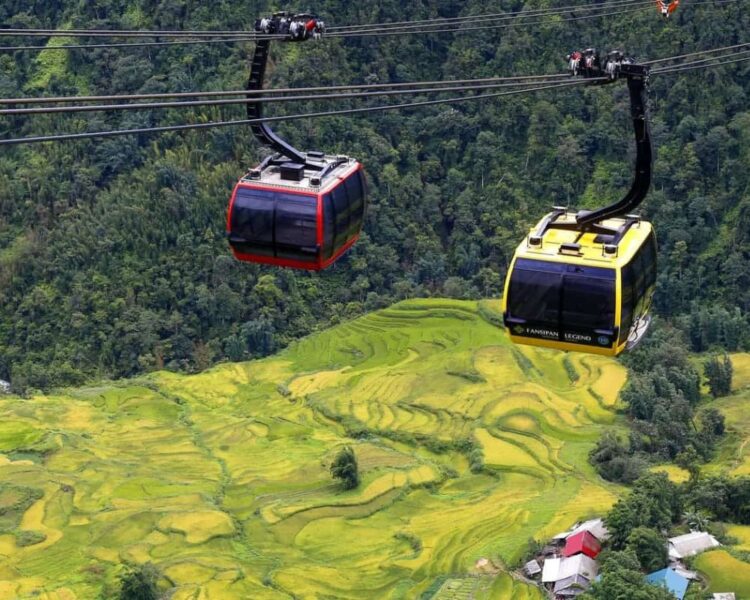
Once you reach the top, several hiking trails wind through the mountainside and provide even more awe-inspiring vistas. You can explore at your own pace and discover hidden gems along the way, or join a guided tour to learn more about the local flora and fauna. Either way, be sure to bring your camera – you’ll want to capture these unforgettable moments forever. From here, it’s just a short trip to Ta Phin Village, where you can immerse yourself in traditional Hmong culture and see some of the most beautiful handicrafts in Vietnam.
Ta Phin Village
If you’re looking for an immersive cultural experience, Ta Phin Village is the perfect destination. Here, you can witness firsthand the customs and traditions of the Red Dao people, who are known for their distinctive dress and intricate handicrafts. Take a tour of local homes to learn about traditional crafts such as weaving and embroidery, and even try your hand at creating your unique piece to take home.
Experience the Culture and Traditions of the Red Dao People
You can dive into the rich culture and traditions of the Red Dao people by participating in their daily activities. One such activity is learning how to dye and weave fabric with natural materials, a skill that has been passed down through generations. The Red Dao embroidery is famous for its intricate designs and vibrant colors, creating beautiful works of art that tell stories of their heritage. You can also enjoy a traditional meal with locals, which will give you a taste of their unique cuisine and hospitality.

Another way to experience the Red Dao culture is by watching traditional dances performed by locals wearing colorful costumes adorned with silver jewelry. These dances are an essential part of their celebrations and ceremonies, reflecting their beliefs and customs. Immerse yourself in this fascinating world as you witness these performances firsthand.
To complete your cultural immersion, visit local homes and learn about traditional crafts like basket weaving or wood carving from skilled artisans. You’ll get an opportunity to understand how the community’s daily life revolves around such practices while gaining insights into their history, values, and lifestyle. By doing so, you’ll gain a deeper appreciation for Sapa’s cultural diversity while enjoying every bit of it!
Visit Local Homes and Learn About Traditional Crafts
Don’t miss out on visiting local homes and learning about traditional crafts like basket weaving or wood carving, where you’ll discover that Sapa is home to skilled artisans who have been practicing these trades for generations. By immersing yourself in the traditional customs of the Red Dao people, you will experience a cultural exchange that goes beyond just observing their way of life. Here are 4 reasons why visiting local homes to learn about traditional crafts should be on your Sapa itinerary:
- Gain insight into the history and culture of the Red Dao people: As you watch skilled artisans at work, you’ll learn about the techniques and tools they use to create beautiful handicrafts. You’ll also gain an understanding of how these crafts play an important role in their daily lives and cultural traditions.
- Support local communities: By purchasing handmade items directly from local artisans, you’ll be supporting sustainable tourism and helping to preserve traditional crafts that might otherwise be lost.
- Learn new skills: If you’re interested in trying your hand at basket weaving or wood carving yourself, some locals may be willing to teach you their craft.
- Take home unique souvenirs: Forget mass-produced trinkets – by buying authentic handmade items from local artisans, you’ll take home one-of-a-kind pieces that are truly special.
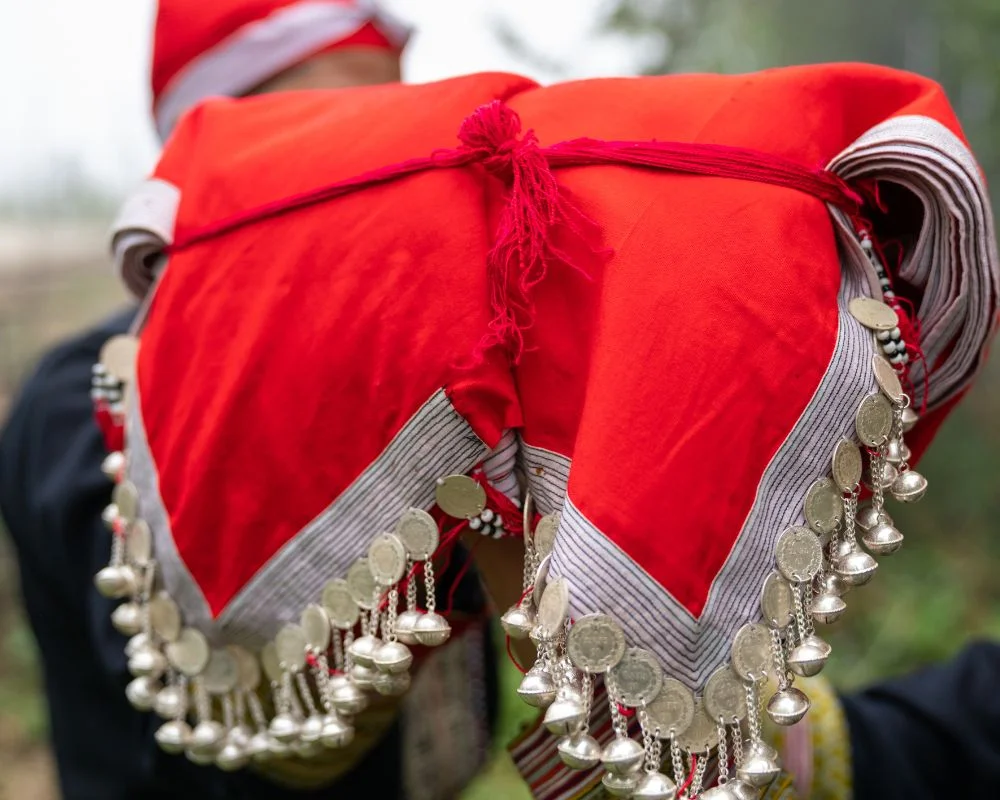
Now that you’ve learned about Sapa’s rich cultural heritage through visiting local homes and learning about traditional crafts, it’s time to explore another natural wonder – Silver Waterfall!
Silver Waterfall
Take a refreshing break from the city and explore Silver Waterfall, where you can witness the cascading water flow down the rocks while soaking in the peaceful surroundings. Located just 30 minutes away from Sapa town, this breathtaking waterfall attracts tourists with its natural beauty and hiking trails. The sound of rushing water creates an ideal atmosphere for those who want to escape from the hustle and bustle of city life.

The Silver Waterfall also offers fantastic photography spots that capture its majestic beauty. You can take amazing pictures of the waterfall as it cascades down into a clear pool below. Moreover, several hiking trails lead to different viewpoints around the waterfall, providing visitors with a chance to experience nature up close. Whether you’re an adventure seeker or simply looking for a serene place to unwind, Silver Waterfall should be on your list of must-see attractions when visiting Sapa!
The Best Museums And Art Galleries In Sapa Frequently Asked Questions
What is the history of Sapa and how has it influenced the development of the museums and art galleries in the area?
To understand the significance of Sapa’s museums and art galleries, it is essential to delve into the area’s cultural heritage. The history of Sapa is intertwined with that of its ethnic minority communities, who have lived in these mountains for centuries. Their traditions, beliefs, and practices have shaped the region’s identity and influenced its development over time. From weaving techniques to medicinal plants, their knowledge has been passed down through generations and preserved in local museums. As you wander through Sapa’s galleries, you’ll find a wealth of artwork inspired by this rich cultural legacy – from intricate textiles to colorful paintings celebrating daily life in the mountains. Through these exhibits, you can explore not only Sapa’s past but also its vibrant present as a hub for creativity and artistic expression.
Are there any temporary exhibitions or upcoming events at the museums and galleries listed in the article?
Looking for upcoming exhibitions and artistic events in Sapa? You’re in luck! The museums and art galleries in the area constantly have new and exciting things happening. One must-see event is the annual Sapa Art Festival, which features a variety of contemporary artworks from local artists. Additionally, many of the galleries rotate their exhibits regularly, showcasing both established and emerging artists. Keep an eye out for special events like artist talks or workshops as well. Whether you’re a seasoned art enthusiast or just looking to explore something new, there’s always something happening at these museums and galleries in Sapa.
How do the museums and galleries in Sapa compare to those in other parts of Vietnam?
Did you know that Vietnam has over 40 museums and galleries? Each one is unique in its way, but when it comes to comparing museum experiences, Sapa stands out. The galleries in Sapa offer a glimpse into the rich cultural heritage of the ethnic minority groups living in the region. What makes them even more special are their locations – many of them are situated amidst breathtaking landscapes of rice paddies or surrounded by towering mountains. These galleries showcase not just art but also traditional handicrafts such as weaving and embroidery. In comparison to other parts of Vietnam, Sapa’s museums and galleries offer a truly immersive experience that allows you to connect with the local culture on a deeper level.
Can visitors purchase any artwork or souvenirs from the galleries or museums?
If you’re interested in bringing home a piece of Sapa’s art scene, you’ll be happy to know that many galleries and museums offer artwork available for purchase. Prices vary depending on the medium, size, and artist, but there are options available for all budgets. From intricate handwoven textiles to stunning landscape paintings, there’s something for everyone. And don’t worry about breaking the bank – many galleries and museums prioritize affordability while still showcasing high-quality pieces. So go ahead and bring a bit of Sapa back with you as a souvenir of your trip!
Are there any guided tours or educational programs available at these museums and galleries?
If you’re looking for a more immersive experience at the museums and galleries in Sapa, then you’ll be happy to know that there are guided tours and educational programs available. These tours offer an in-depth look into the history of the artwork and artifacts on display, as well as insights into the local culture and traditions. Educational programs are also offered, which can range from workshops on traditional crafts to lectures on art history. By taking one of these tours or programs, you’ll gain a deeper understanding and appreciation for the pieces on display. So why not take advantage of these opportunities and expand your knowledge while exploring Sapa?
Conclusion
Congratulations, you have made it to the end of our tour of the best museums and art galleries in Sapa! With so much rich culture and history to explore, it can be difficult to know where to begin. But fear not, for we have provided you with a comprehensive list that will satisfy all your cultural cravings.
From the Sapa Museum to Ta Phin Village, each of these locations offers a unique perspective on the beauty and diversity of this stunning region. And don’t forget about the breathtaking views from Fansipan Legend Cable Car Station or the tranquil surroundings of Silver Waterfall. Whether you are an art lover, a history buff or just looking for a memorable experience, Sapa has something for everyone.
So what are you waiting for? Grab your camera and get ready to embark on an unforgettable journey through some of Vietnam’s most captivating museums and art galleries. Who knows what hidden gems you might discover along the way? As T.S Eliot once said, “The journey, not the arrival matters.” So go forth and explore!
